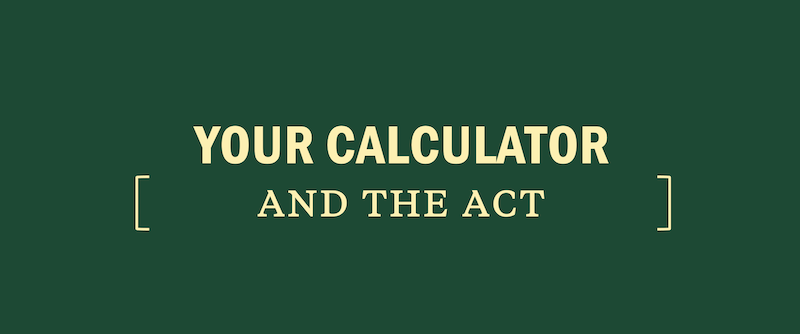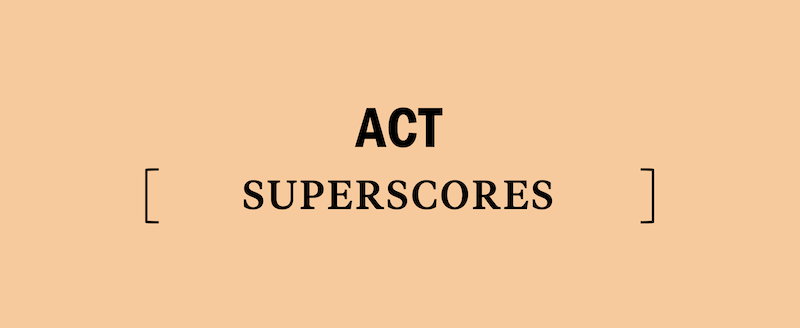6 Strategy Tips for ACT Science Data Analysis
Data Analysis comes up in two of the three ACT Science passage-types: Research Summaries and Data Representation. Data can be presented in tables, charts, graphs, etc. Use these strategic tips to achieve better scores on approximately 2/3 of your ACT Science questions!



